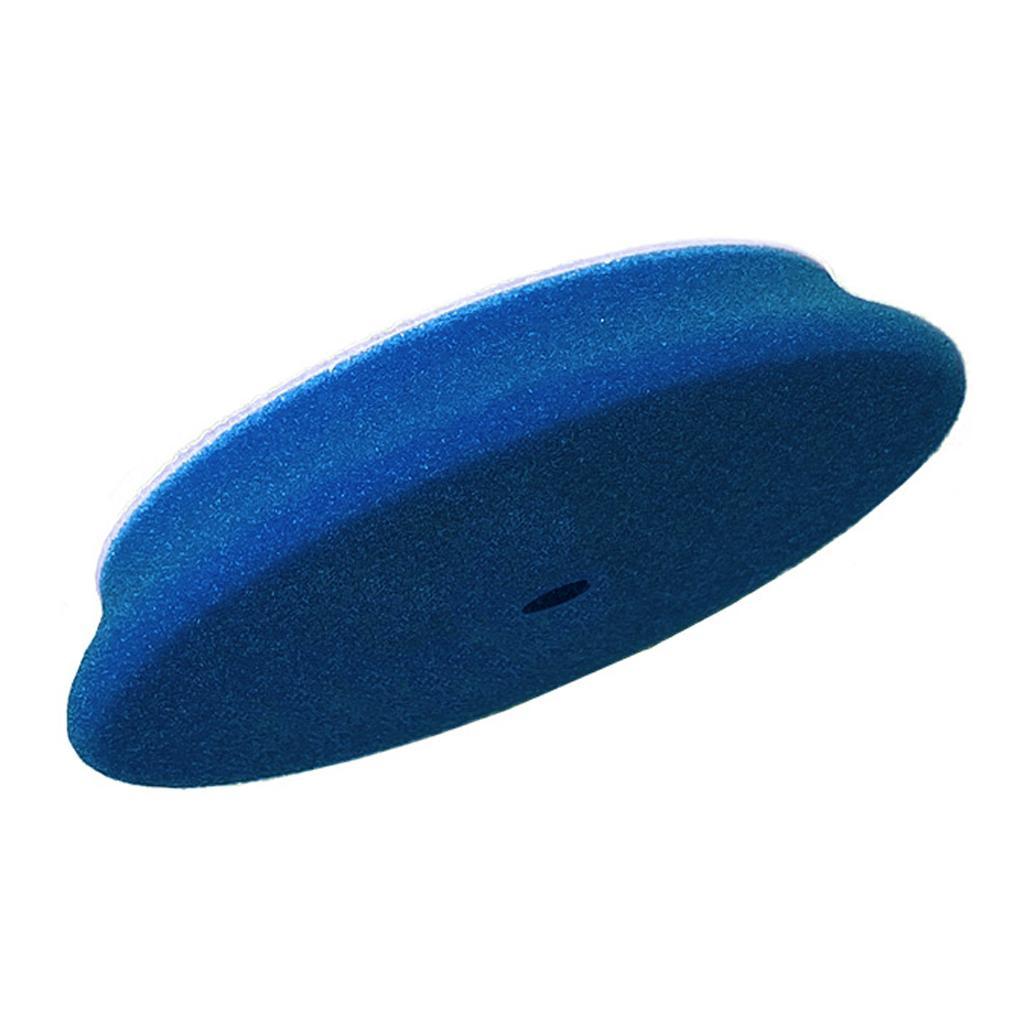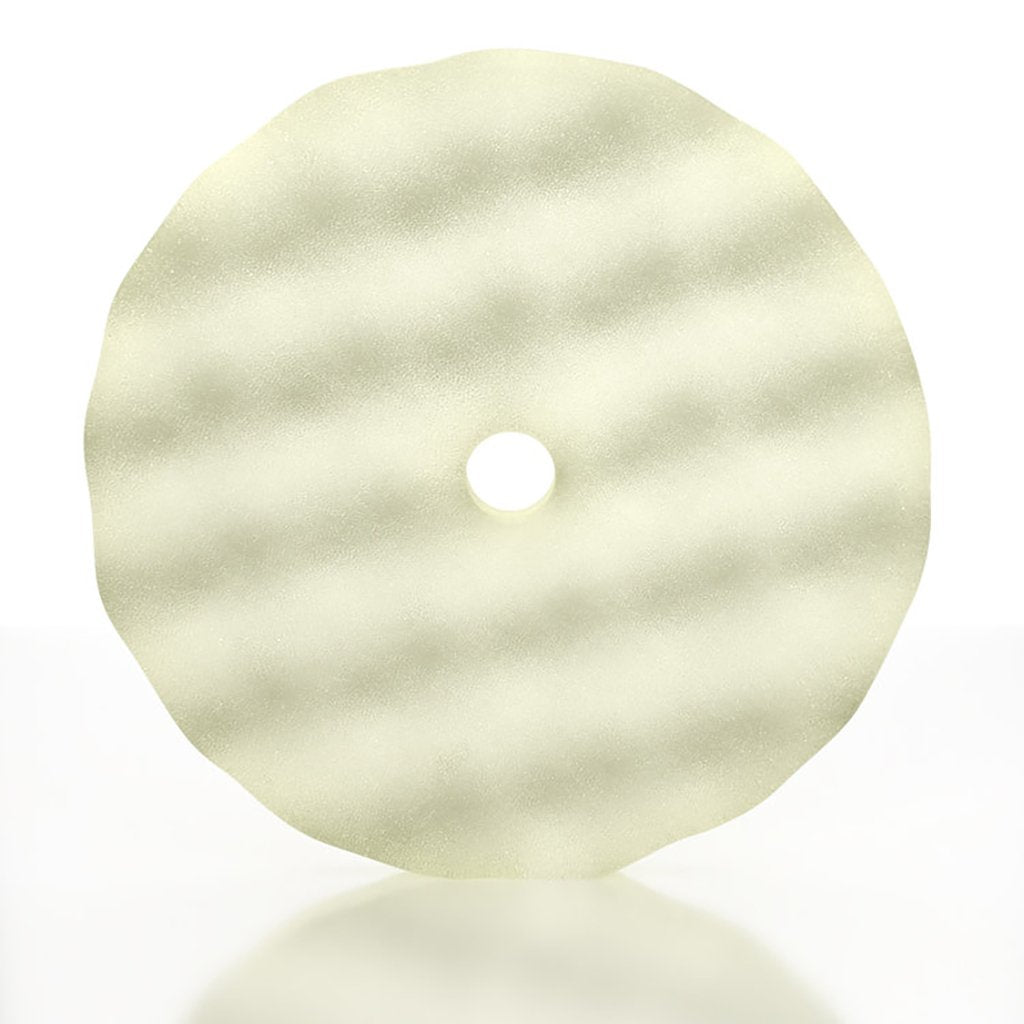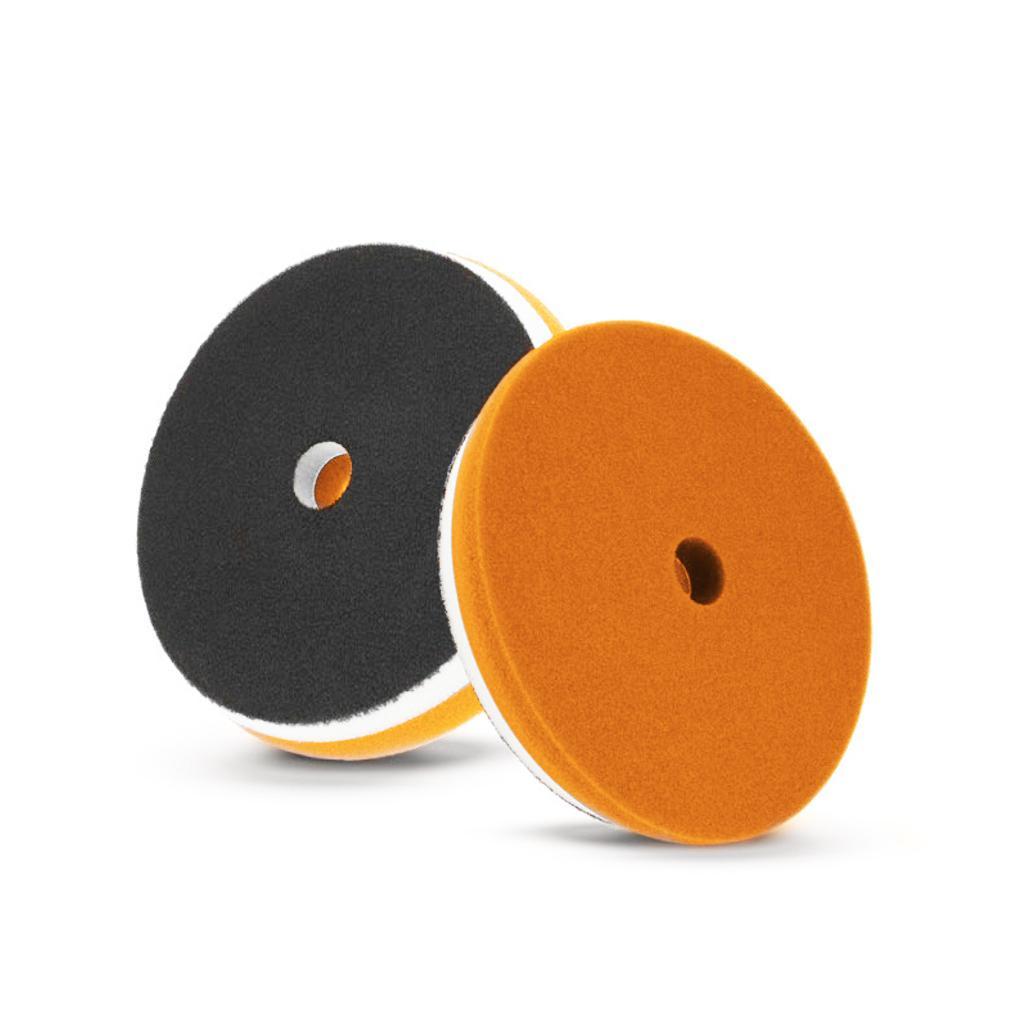How to Choose the Right Buffing Pads
When it comes to boat detailing, you’ll need to invest in a few different types of buffing pads. Made out of a variety of materials and best used in different situations, having a number of buffing pads on hand will ensure you can do each job with the right supplies.
What are Buffing Pads?
Buffing pads are circular pads that connect to orbiters and polishers, making it easier to remove scratches on boats and apply different products to the vessel you’re detailing. Buffing pads can hold more solution than a rag, and since they can be attached to machines, can process detailing jobs with more ease and efficiency.
Types of Pads and When to Use Them
There are many buffing pads on the market, and some are best in certain situations while others will be needed in other situations. If you keep all of the below pads on hand, you’re sure to have access to the one that best suits your needs every time.
Foam Pads
Made from foam, these pads can be used for different jobs such as compounding, polishing, or finishing, depending on the makeup of the pad. Generally, stiffer foam pads are used for harder jobs that require more abrasive power to cut through scratches or other damage.
Compounding Pads
When you need to work through heavy oxidation or remove deeper scratches, compounding pads are the way to go. These offer more abrasive surfaces and act like very fine sandpaper, removing scratches and blemishes with ease. Compounding pads can get very hot and are more likely than other pads to cause damage if used improperly.
Polishing Pads
To refine scratches to where there are no longer visible, polishing pads are a great tool. They contain finer abrasives than the ones used in compounding pads and are used to apply liquid polishes or glazes.
Finishing Pads
Often used for the last step of a detailing job, finishing pads are perfect for applying a sealant or wax to lock in the freshly finished shine. These pads will help bring out the “just-detailed” boat glow that makes boaters gleam with pride.
Wool Pads
Wool pads, similar to foam pads, offer a range of uses, depending on what the pad is designed for. You can find aggressive, compounding wool pads or milder finishing wool pads, depending on your needs. Even if you use a wool pad for finishing, you may need to supplement with a foam pad at the very end because wool is an abrasive material.
Textured Pads
Manufacturers of textured pads claim that these pads don’t build heat as easily as their non-textured counterparts, leaving less room for errors. However, detailers have mixed reviews on the effectiveness of textured pads, and often opt for flat, cheaper pads instead.
Microfiber Pads
Microfiber pads are relatively new in the detailing world, but they can be used for compounding and polishing too. Usually, they are more abrasive than foam pads and will need to be followed up by a foam pad to get the proper finish on a detailing job.
Replace Pads When Needed
You can wash and reuse each pad a few times, depending on the quality and material of the pad, but be sure to replace pads when needed. In the grand scheme of things, pads are inexpensive and can make a huge difference in the quality of your detailing job. If a pad looks worn in, is losing its ability to remove scratches, or simply isn’t cooperating like it used to, it’s time to buy new ones.
 BACK TO SHOPPING
BACK TO SHOPPING


























